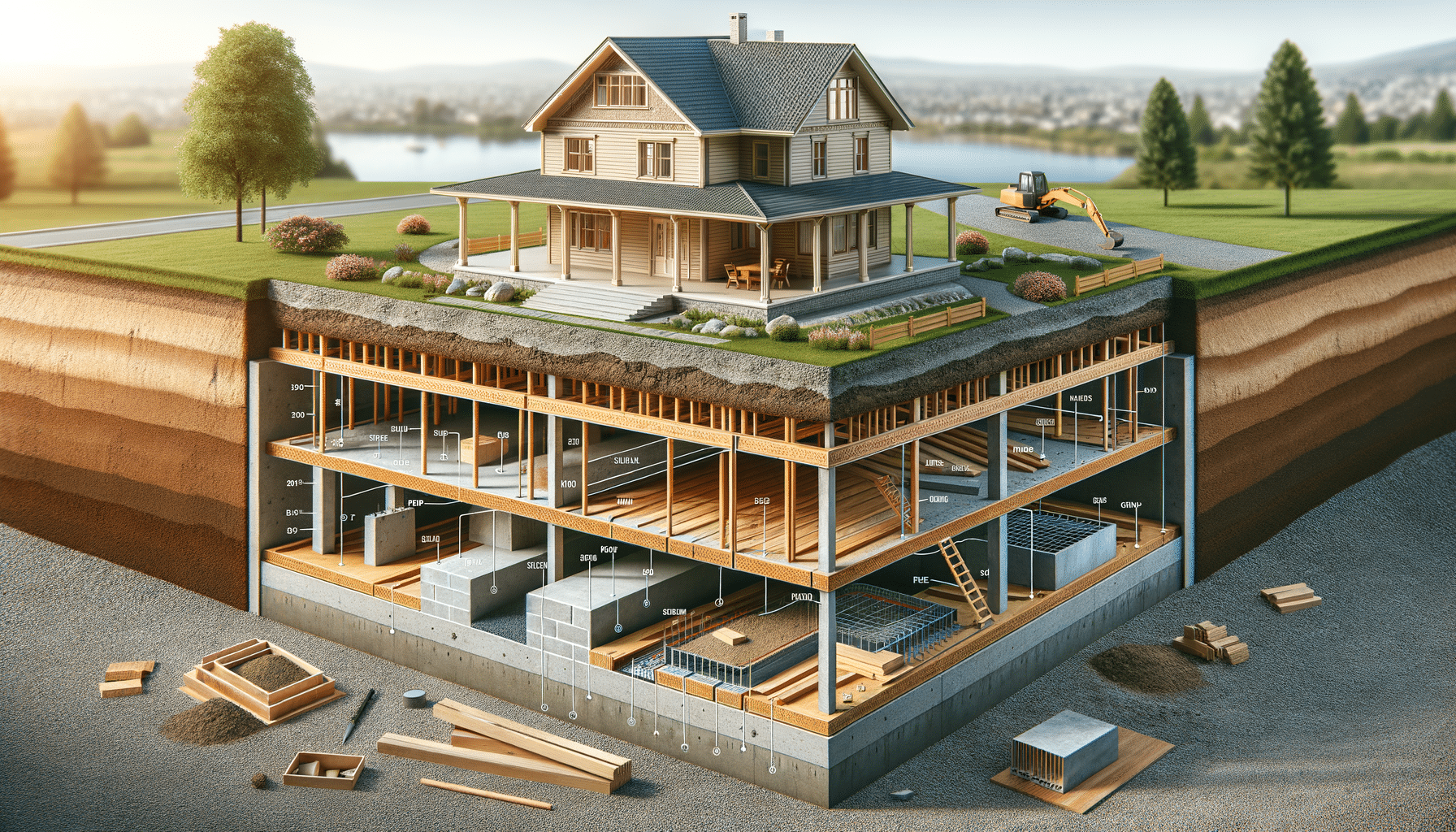
Understanding Home Foundations: A Comprehensive Guide
Introduction to Home Foundations
The foundation of a home is more than just a structural necessity; it is the backbone that supports the entire building. Its significance cannot be overstated, as it ensures the stability and longevity of a house. In this article, we will delve into the intricacies of home foundations, exploring their types, the materials used, and the essential role they play in maintaining the structural integrity of homes.
Types of Home Foundations
Home foundations come in various forms, each suitable for different climates, soil types, and building designs. The three primary types are:
- Slab Foundations: These are flat, concrete slabs poured directly on the ground. They are popular in warmer climates where ground freezing is not a concern.
- Basement Foundations: These provide additional living or storage space below ground level. They are common in colder climates as they offer protection against frost.
- Crawl Space Foundations: Elevated a few feet off the ground, they allow for ventilation and easy access to plumbing and electrical systems.
Each type has its advantages and limitations, making the choice dependent on factors such as budget, climate, and intended use of the space.
Materials Used in Home Foundations
The materials used in constructing home foundations are crucial for ensuring durability and strength. Common materials include:
- Concrete: Known for its strength and longevity, concrete is the most widely used material for foundations.
- Stone: Though less common today, stone foundations offer a classic aesthetic and are highly durable.
- Wood: Used in certain regions, wood foundations are treated to resist decay and pests.
Choosing the right material involves considering the environmental conditions and the specific needs of the building.
Importance of Proper Foundation Maintenance
Maintaining a home foundation is essential to prevent structural issues. Regular inspections can identify early signs of problems such as cracks or moisture accumulation. Homeowners should:
- Ensure proper drainage around the foundation to prevent water buildup.
- Monitor for signs of settling or shifting, which may indicate underlying issues.
- Repair any visible cracks promptly to prevent further damage.
Proactive maintenance can significantly extend the life of a foundation, ensuring the safety and stability of the home.
Conclusion: The Key to a Stable Home
Understanding and maintaining your home’s foundation is a critical aspect of homeownership. By selecting the appropriate type and materials, and committing to regular maintenance, homeowners can ensure their homes remain safe and secure for years to come. Whether building a new home or caring for an existing one, the foundation is a pivotal element that demands attention and care.


